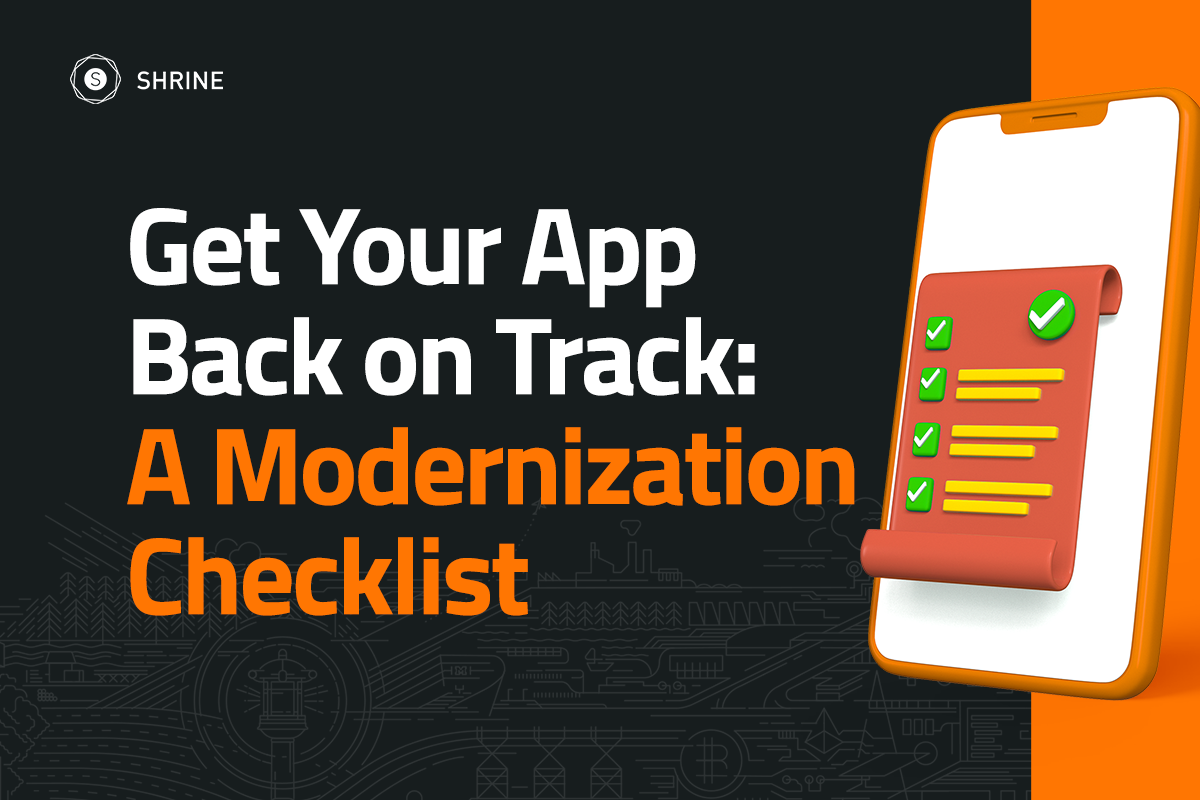Every business, whether you’re a scrappy new startup or a multibillion-dollar conglomerate, has a finite amount of resources.
We all have to make decisions about how to invest our resources and which areas of our business to grow, in order to see the best returns. The sound way to make those decisions is by calculating the Return on Investment (ROI) for any potential project. ROI is determined by comparing the total cost of a resource investment, building a new e-commerce website for example, with the forecasted benefits of that investment.
When it comes to making an investment in technology like web and mobile apps, this is the method I use for calculating ROI. This has helped me to make smart decisions about how to grow our business at Shrine Development and is the process I use for helping our clients decide whether it makes sense for them to move forward on a technology project and when is the best time to launch it.
1. Direct ROI
Direct increase in revenue and costs savings through new software applications (especially when built with existing systems). There may also be a direct benefit in eliminating security vulnerabilities in your current processes which could be negatively impacting your business.
Direct ROI is the simplest to calculate. Let’s use the e-commerce website as an example again with some sample numbers thrown in for demonstration purposes.
Total cost of website development: $10,000
Total revenue from website: $40,000
Profit margin: 50%
Net ROI: $10,000
Understanding the direct ROI for any potential business investment makes it easier for you to make decisions faster and more efficiently, and can help clearly communicate the benefit to any investors or board members who might be involved in the approval process.
2. Indirect ROI
Maybe your customers don’t order through your e-commerce website, but they visit and it increases their likelihood of purchasing from your brick and mortar location. This is where indirect ROI comes in: broadcasting your credibility to potential customers or partners. It can be trickier to calculate numerically, but it’s important to consider indirect ROI in your decision.
To determine indirect ROI, it can be useful to map out how your customers currently find you and how this potential investment would change that. Does it eliminate a step in your funnel? Make it easier for customers to move from considering to shopping? Look for the sticking points in your current processes and whether they could be improved with a new piece of technology.
Be sure to consider indirect ROI on the cost side as well. For example, the cost of working with a local developer may be higher than a nonlocal firm, but there can be indirect benefits that offset the hard costs.
3. ROI for your customers and the people you help
If the investment helps save your customers frustration or gives them the confidence to do business with you, there is certainly a ‘return’ there. Similarly, if the investment helps your team be more productive or better serve your customers, that can positively impact your bottom line as well. If something is being done manually that could be automated through technology, this potentially eliminates the possibility for errors to be made and could save your team time and headaches.
ROI for your customers and the people you help is important because it can increase the number of repeat customers your business gains. Will this new piece of technology make it easier to do business with you? If it will, you might be saving money on the cost to acquire new customers. Or, you might be reducing costs because you’re helping your team save time.
Calculating ROI is about more than just looking at the hard costs. You need to understand how the investment will change the habits of your customers, team members, and partners. It should be a strategic decision that will positively impact your business.
For more insights into ROI, or to discuss your next software or app, reach out to our team and send us your questions. We’d love to help!





